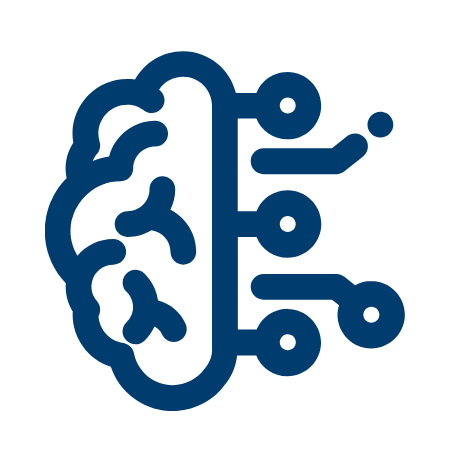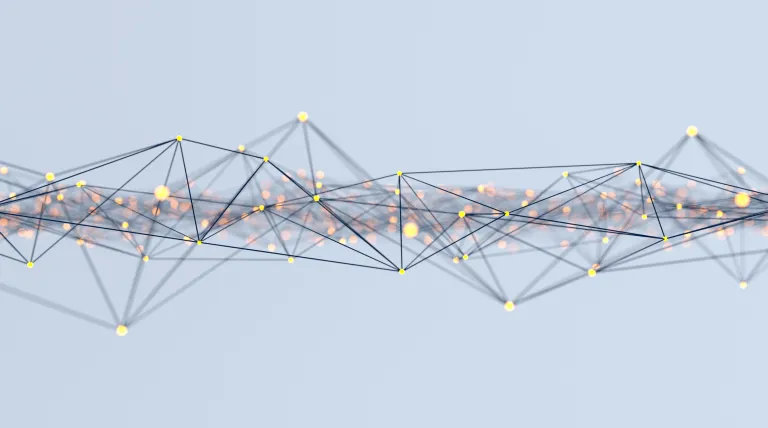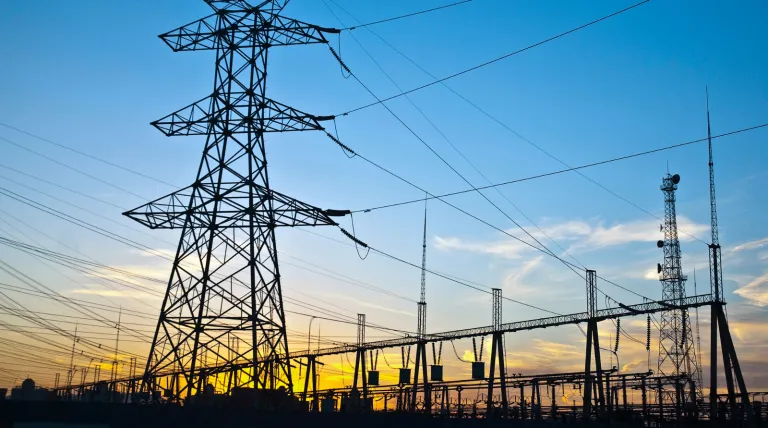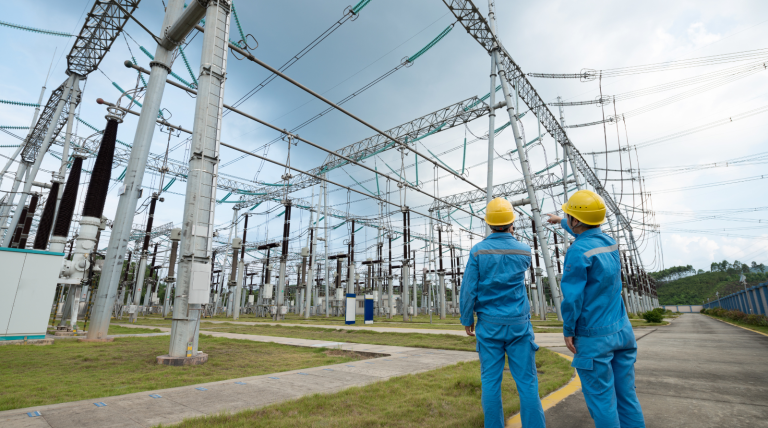Is there anything in our lives that moves faster than technology? It would be hard to find anything to rival it. Today, it is an essential part of our world. In a hyperconnected world where something happening in one place can affect the rest of the world, we lead our lives through our screens. When 5G finally becomes a reality, this connection will be even stronger.
Redeia, parent company of Red Eléctrica and Elewit, has been named one of the Top 100 Corporate Startup Stars (CSS) 2025. This international recognition is awarded by the International Chamber of Commerce (ICC) and Mind the Bridge to the world's most active and impactful organisations in open innovation and collaboration with the startup ecosystem. The award ceremony took place yesterday, 2 December, in Paris during the 10th edition of the Corporate Startup Stars.
Seven Spanish energy sector companies (Red Eléctrica, Elewit, HESStec, Cen Solutions, S2 Grupo, and UL Solutions) are jointly developing ViSync, a new R&D&I project focused on hybrid electrical energy storage at the 66 kV Tías substation in Lanzarote. The goal of this initiative is to provide greater flexibility to the grid through this innovative system.
As part of its commitment to innovation that creates value for both business and the ecosystem, Elewit, Redeia’s technology platform, has developed its own model to drive and scale technological solutions through its New Ventures vehicle. This approach combines internal expertise, collaboration with external partners, and a strong market focus, enabling the launch of new business initiatives such as SafeDelimit and Arin Technologies.
Arin Technologies, 54% owned by Arteche and 46% by Elewit, aspires to become a benchmark in the electrical sector with a clear international vocation.
Elewit, Redeia’s technology platform, has participated in the €11.5 million funding round raised by the British company AssetCool, specialized in advanced robotics and functional coatings for electrical infrastructure, to scale its international presence. With this investment, Elewit strengthens its corporate venture capital (CVC) portfolio, which now comprises 10 renowned startups.
At New Ventures, we build new business opportunities through innovation. These are our core capabilities:



Developed together with Redeia, SafeDelimit was our first venture. Because safety comes first, SafeDelimit enables the creation of secure zones using cutting-edge LiDAR technology.
In October 2025, we acquired a stake in Arin Technologies, a company created by Arteche with the aim of developing and commercializing systems for the digitization and management of electrical infrastructure.

If you’re developing an innovative solution that could transform the energy or telecommunications sector, we want to know about it.

SERPAT is a disruptive solution that streamlines the grounding process while enhancing the physical safety of professionals working in substations.
Developed by experts from Elewit and Red Eléctrica, SERPAT is a portable tool compatible with multiple models of insulating rods used in grounding operations. Its ergonomic design provides versatility and ease of use.

Perform grounding tasks in a safe, simple, and ergonomic way thanks to SERPAT—a solution designed based on hands-on experience.
Learn more about SERPAT
GenAiA is a non-profit organisation founded with the aim of promoting the exchange of knowledge and experience in Artificial Intelligence, particularly in the field of generative AI.
It aims to approach this technology from all three perspectives: technological, social, and commercial, anticipating its impact on society and fostering ethical and responsible use in business environments and public policy formulation.
The electricity sector is undergoing major transformation. Remote metering, monitoring, and advanced data management will play a key role in improving efficiency, safety, and innovation. At Elewit, we therefore believe that the best way to tackle these challenges is through collaboration and knowledge exchange with key ecosystem players.



